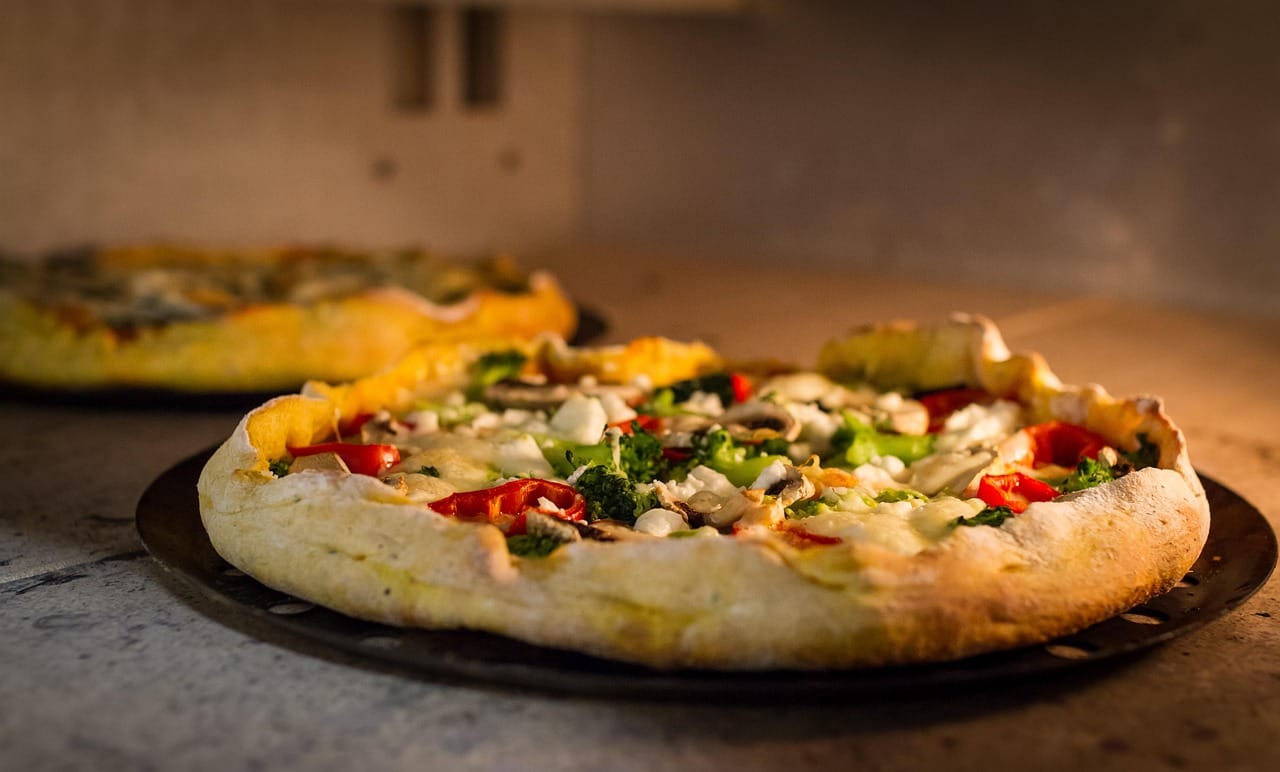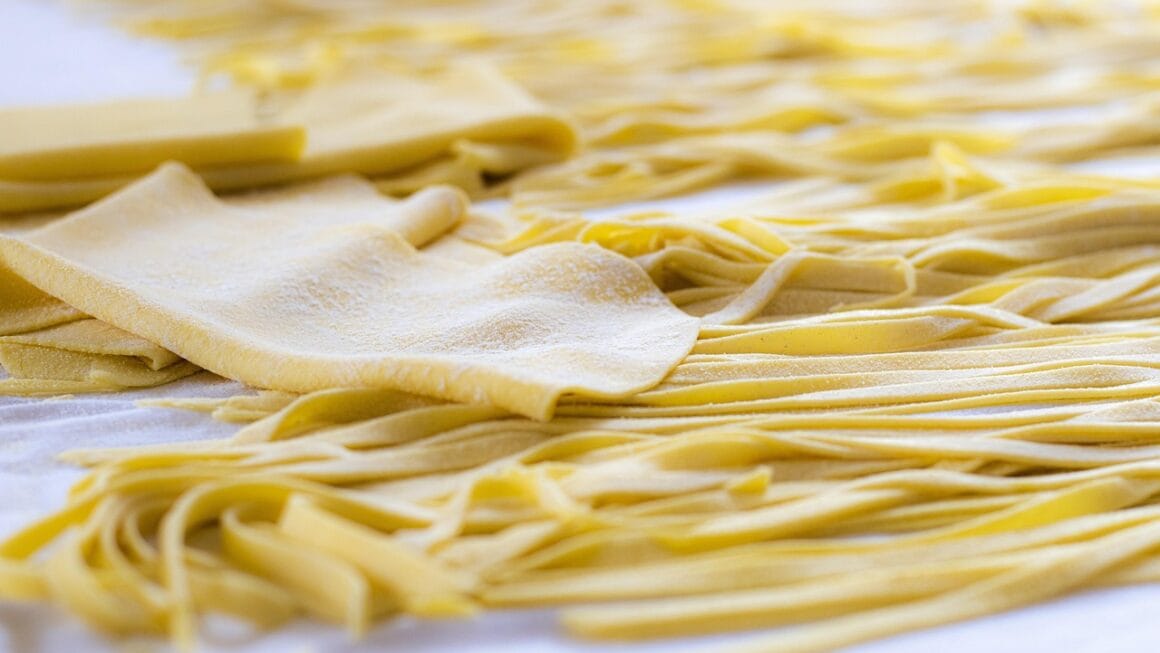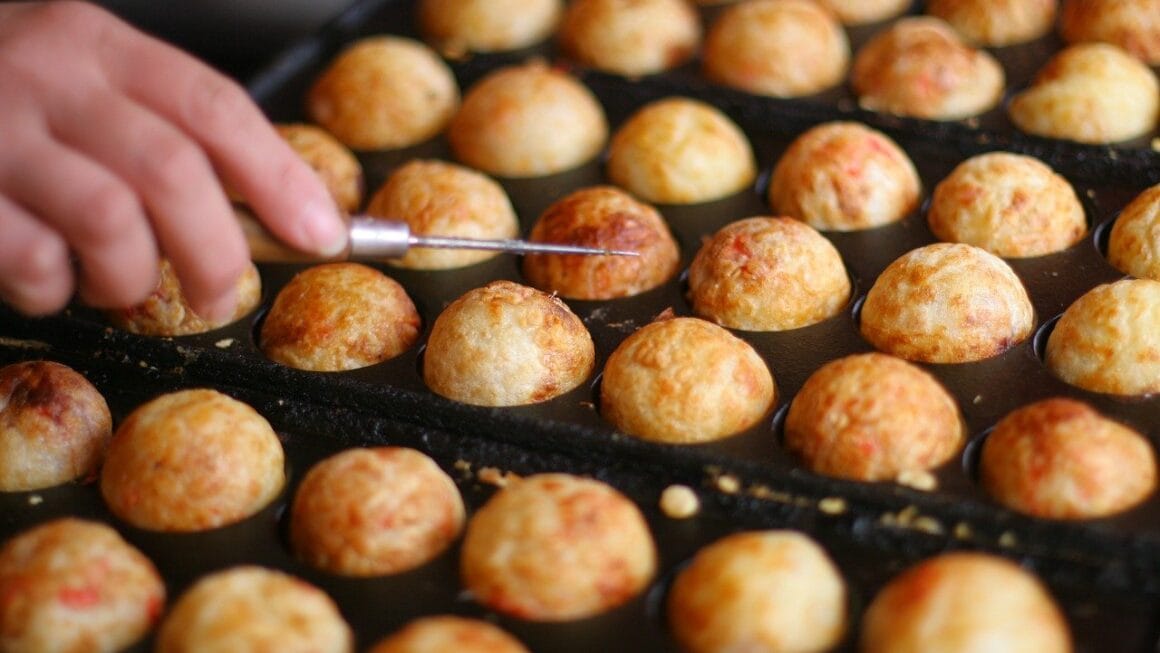Embarking on a food adventure is more than just eating; it’s about immersing yourself in new cultures, discovering unique flavors, and creating lasting memories. It’s a sensory exploration that transcends mere sustenance and becomes a journey of discovery. Whether you’re a seasoned gourmand or a curious novice, there’s a world of culinary experiences waiting to be explored. This blog post will guide you on how to plan, execute, and savor your own incredible food adventures.
Planning Your Culinary Expedition
Defining Your Food Adventure Goals
Before diving headfirst into a plate of unknown delicacies, it’s essential to define what you hope to achieve with your food adventure. Are you seeking to:
- Expand your palate and try new cuisines?
- Learn about the history and culture behind specific dishes?
- Find the best local eats in a particular city or region?
- Challenge yourself to try unusual or exotic foods?
Having clear goals will help you focus your planning and ensure a more rewarding experience. For example, if you’re interested in Italian cuisine, you might plan a trip to Italy focusing on specific regions known for particular specialties, like pasta in Bologna or pizza in Naples.
Researching Destinations and Food Experiences
Once you know your goals, it’s time to research potential destinations and food experiences. Consider these resources:
- Travel Blogs and Websites: Sites like Lonely Planet, TripAdvisor, and Eater offer valuable insights and recommendations.
- Food Blogs and Forums: Seek out blogs dedicated to specific cuisines or regions to get insider tips from food enthusiasts.
- Social Media: Platforms like Instagram and TikTok can provide visual inspiration and uncover hidden gems. Search relevant hashtags (e.g., #streetfoodBangkok, #authenticTacosMexico).
- Cookbooks and Culinary Guides: Explore cookbooks and guides focused on specific cuisines or regions to learn about traditional dishes and ingredients.
Don’t just look for the most popular restaurants; delve deeper to find local markets, street food vendors, and family-run establishments that offer authentic and unique experiences.
Budgeting and Logistics
Food adventures can range from budget-friendly to extravagant. It’s crucial to establish a realistic budget that covers:
- Transportation: Flights, trains, buses, or rental cars.
- Accommodation: Hotels, hostels, or vacation rentals.
- Food Expenses: Meals, snacks, drinks, cooking classes, and food tours.
- Activities: Cooking classes, food tours, market visits, and other culinary experiences.
- Contingency Funds: Unexpected expenses or delightful culinary discoveries.
Researching average food prices in your chosen destination is essential. Also, consider purchasing travel insurance that covers medical emergencies and trip cancellations. Make reservations in advance, especially for popular restaurants or cooking classes.
Embracing New Flavors
Stepping Outside Your Comfort Zone
The heart of any great food adventure is the willingness to try new things. Don’t be afraid to order unfamiliar dishes, sample street food, or engage with local vendors.
- Start Small: If you’re hesitant, begin with smaller portions or shared plates.
- Ask Questions: Don’t be afraid to ask restaurant staff or vendors about ingredients, preparation methods, and regional variations.
- Embrace the Unknown: Some of the most memorable food experiences come from unexpected encounters. Be open to trying dishes you’ve never heard of or foods that challenge your preconceived notions.
For example, you might try “balut” in the Philippines (fertilized duck egg) or “haggis” in Scotland (sheep’s stomach stuffed with various ingredients). Even if you don’t love every dish, you’ll expand your palate and gain a deeper appreciation for different cultures.
Understanding Cultural Nuances
Food is often deeply intertwined with culture, history, and tradition. Take the time to learn about the cultural context behind the dishes you’re trying.
- Research Food Etiquette: Different cultures have different customs regarding eating. For example, in some countries, it’s considered impolite to use a fork and knife for certain dishes or to eat with your left hand.
- Learn Basic Phrases: Knowing a few basic phrases in the local language (e.g., “thank you,” “delicious,” “what is this?”) can enhance your interactions with locals and show respect for their culture.
- Respect Local Customs: Be mindful of local customs and traditions related to food preparation, serving, and consumption.
Understanding these nuances can enrich your experience and deepen your connection with the local culture.
Documenting Your Culinary Journey
Keep a record of your food adventures through:
- Journaling: Write down your impressions of each dish, including the flavors, textures, and aromas.
- Photography: Capture photos of the food, the restaurants, and the people you meet along the way.
- Social Media: Share your experiences with friends and followers on social media platforms.
- Recipes: Collect recipes for your favorite dishes so you can recreate them at home.
These records will serve as a cherished reminder of your culinary journey and inspire future adventures.
Finding Authentic Experiences
Exploring Local Markets
Local markets are a treasure trove of culinary delights, offering a glimpse into the local food culture.
- Interact with Vendors: Engage with local farmers, butchers, and artisans. Ask them about their products, their farming practices, and their family history.
- Sample Local Produce: Try exotic fruits, vegetables, and spices that you’ve never seen before.
- Purchase Local Ingredients: Buy ingredients to cook your own meals, creating a truly immersive culinary experience.
Visiting markets like La Boqueria in Barcelona or Tsukiji Fish Market in Tokyo can provide unforgettable sensory experiences and insights into local food systems.
Seeking Out Hidden Gems
Venture beyond the tourist traps and seek out hidden gems known only to locals.
- Ask Locals for Recommendations: Don’t hesitate to ask hotel staff, taxi drivers, or shopkeepers for their favorite restaurants or street food stalls.
- Read Local Blogs and Reviews: Local blogs and review sites often highlight hidden gems that are overlooked by mainstream publications.
- Explore Off-the-Beaten-Path Neighborhoods: Venture into less touristy neighborhoods to discover authentic restaurants and cafes.
These hidden gems often offer the most rewarding and authentic culinary experiences.
Participating in Cooking Classes
Cooking classes offer a hands-on opportunity to learn about local cuisine and cooking techniques.
- Choose a Class that Aligns with Your Interests: Select a cooking class that focuses on a specific cuisine or dish that you’re interested in learning about.
- Learn from Local Chefs: Cooking classes are often taught by local chefs who share their knowledge, skills, and passion for food.
- Enjoy the Fruits of Your Labor: At the end of the class, you’ll get to enjoy the dishes that you’ve prepared, creating a memorable and rewarding experience.
Taking a cooking class in Thailand, for example, will allow you to master the art of preparing authentic Thai dishes and impress your friends and family back home.
Overcoming Challenges and Staying Safe
Navigating Dietary Restrictions
If you have dietary restrictions (e.g., allergies, veganism, gluten-free), it’s important to plan ahead and communicate your needs effectively.
- Research Local Ingredients: Familiarize yourself with common ingredients used in the local cuisine and identify potential allergens or problematic foods.
- Learn Key Phrases: Learn how to say “I’m allergic to…” or “I’m vegetarian” in the local language.
- Carry Translation Cards: Carry a translation card that explains your dietary restrictions in detail.
- Choose Restaurants Carefully: Select restaurants that offer vegetarian, vegan, or gluten-free options, or that are willing to accommodate your dietary needs.
Websites and apps like HappyCow (for vegan and vegetarian options) can be invaluable resources.
Handling Food Safety Concerns
Food safety is paramount when traveling, especially in countries with different sanitation standards.
- Choose Reputable Establishments: Select restaurants and street food vendors that appear clean and well-maintained.
- Avoid Raw or Undercooked Foods: Be cautious about eating raw or undercooked meats, seafood, and eggs.
- Drink Bottled Water: Avoid drinking tap water unless you know it’s safe.
- Wash Your Hands Frequently: Wash your hands thoroughly with soap and water before eating.
- Trust Your Gut: If a place doesn’t feel right, don’t eat there.
Carrying hand sanitizer and anti-diarrheal medication is always a good idea.
Dealing with Language Barriers
Language barriers can sometimes make it challenging to order food or communicate your needs.
- Learn Basic Phrases: Learn a few basic phrases in the local language, such as “thank you,” “please,” “I would like,” and “what is this?”
- Use Translation Apps: Use translation apps like Google Translate to communicate with restaurant staff or vendors.
- Point and Gesture: Don’t be afraid to point at dishes on the menu or gesture to indicate what you want.
- Be Patient and Respectful: Be patient and respectful when communicating with locals. Remember that they are doing their best to understand you.
A smile and a positive attitude can go a long way in overcoming language barriers.
Conclusion
Food adventures offer a unique and enriching way to experience the world. By planning carefully, embracing new flavors, seeking out authentic experiences, and staying safe, you can embark on unforgettable culinary journeys that will expand your palate, broaden your horizons, and create lasting memories. So, pack your bags, sharpen your taste buds, and get ready to explore the world, one delicious bite at a time!




